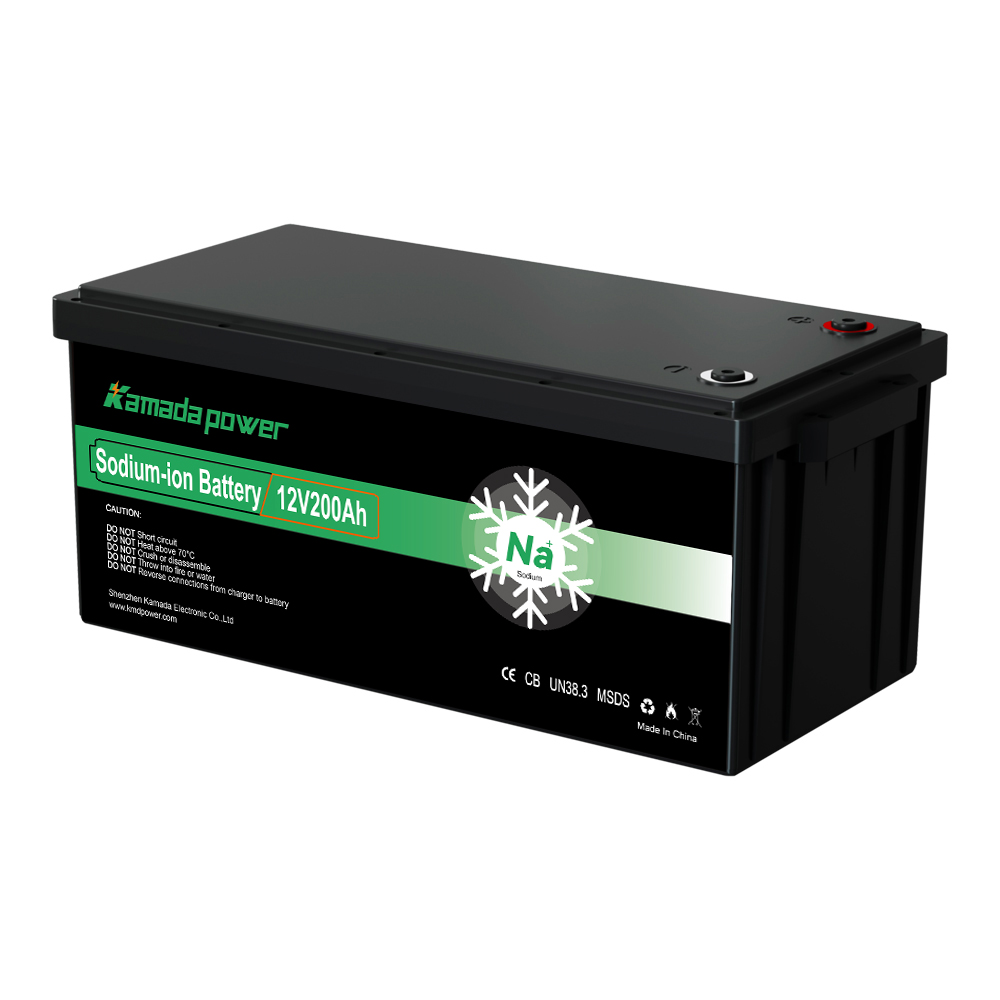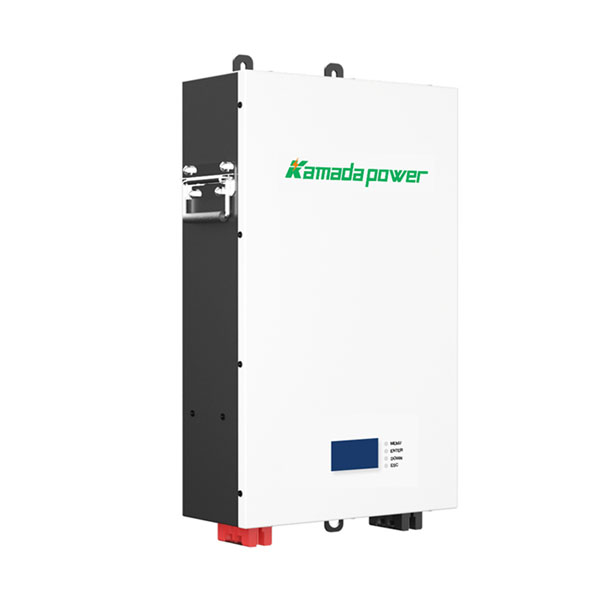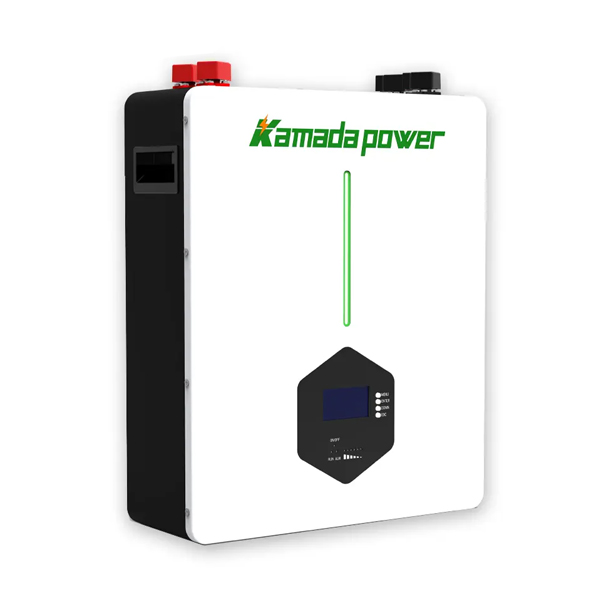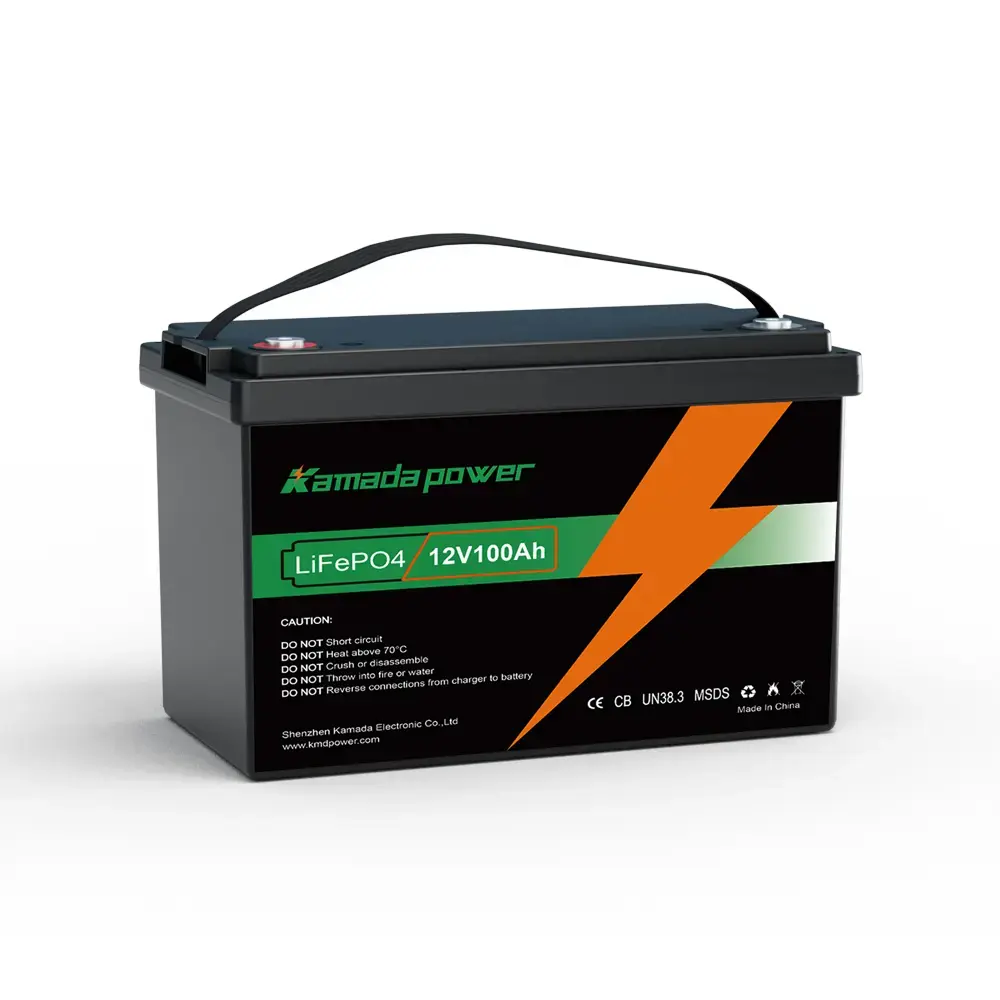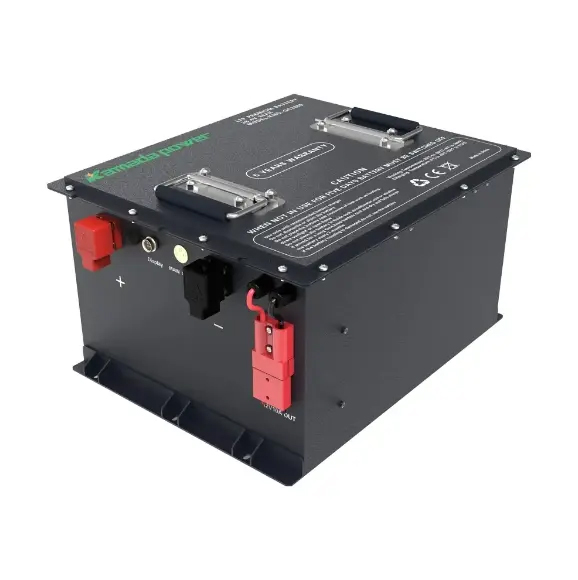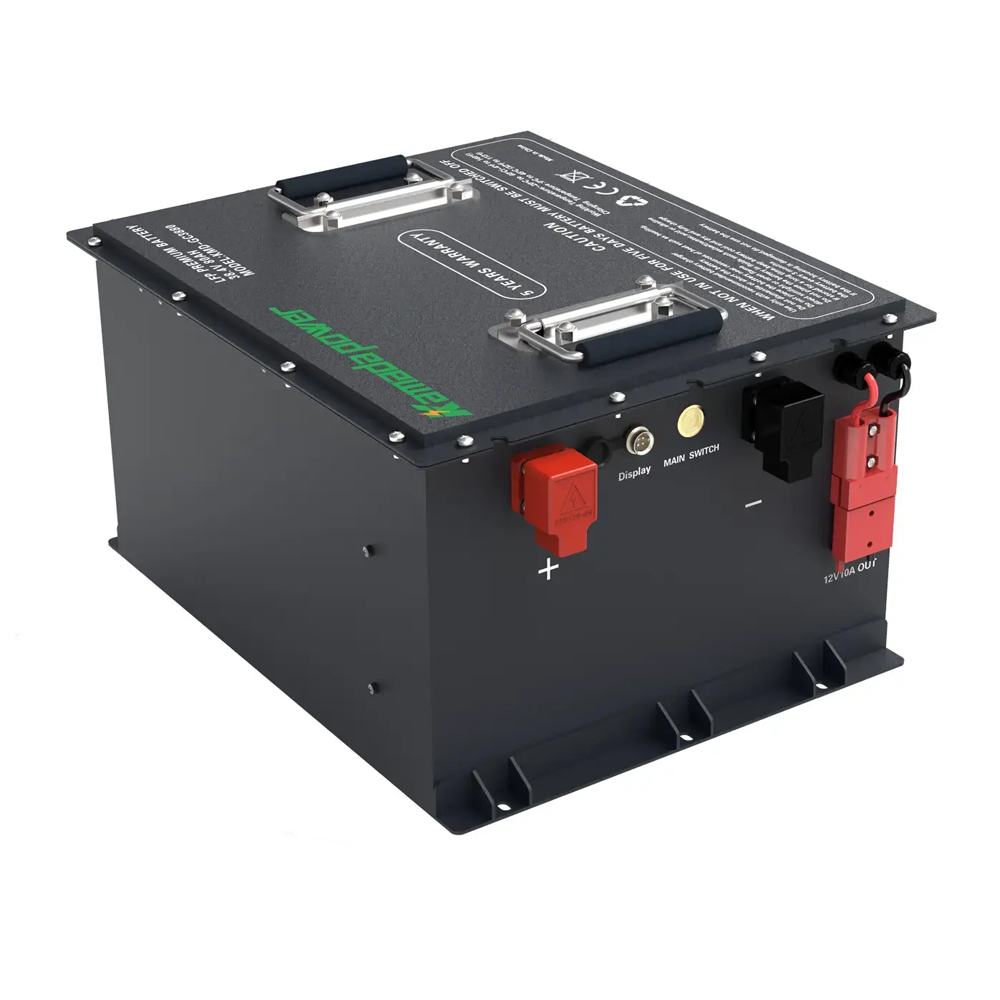Batteries are fundamental to powering a wide range of modern devices, from smartphones to electric vehicles. An essential aspect of battery performance is the C-rating, which indicates the charge and discharge rates. This guide explains what a battery C-rating is, its significance, how to calculate it, and its applications.
What is a Battery C-Rating?
A battery’s C-rating is a measure of the rate at which it can be charged or discharged relative to its capacity. The capacity of a battery is generally rated at the 1C rate. For instance, a fully charged 10Ah (ampere-hour) battery at a 1C rate can deliver 10 amps of current for one hour. If the same battery is discharged at 0.5C, it will provide 5 amps over two hours. Conversely, at a 2C rate, it will deliver 20 amps for 30 minutes. Understanding the C-rating helps in evaluating how quickly a battery can provide energy without degrading its performance.
Battery C Rate Chart
The chart below illustrates different C-ratings and their corresponding service times. Although theoretical calculations suggest that the energy output should remain constant across different C-rates, real-world scenarios often involve internal energy losses. At higher C-rates, some energy is lost as heat, which can reduce the battery’s effective capacity by 5% or more.
Battery C Rate Chart
| C-Rating | Service Time (Time) |
|---|---|
| 30C | 2 mins |
| 20C | 3 mins |
| 10C | 6 mins |
| 5C | 12 mins |
| 2C | 30 mins |
| 1C | 1 hours |
| 0.5C or C / 2 | 2 hours |
| 0.2C or C / 5 | 5 hours |
| 0.1C or C / 10 | 10 hours |
How to Calculate the C Rating of a Battery
The C-rating of a battery is determined by the time it takes to charge or discharge. By adjusting the C rate, the charging or discharging time of the battery is affected accordingly. The formula for calculating the time (t) is straightforward:
- For time in hours: t = 1 / Cr (to view in hours)
- For time in minutes: t = 60 / Cr (to view in minutes)
Calculation Examples:
- 0.5C Rate Example: For a 2300mAh battery, the available current is calculated as follows:
- Capacity: 2300mAh/1000 = 2.3Ah
- Current: 0.5C x 2.3Ah = 1.15A
- Time: 1 / 0.5C = 2 hours
- 1C Rate Example: Similarly, for a 2300mAh battery:
- Capacity: 2300mAh/1000 = 2.3Ah
- Current: 1C x 2.3Ah = 2.3A
- Time: 1 / 1C = 1 hours
- 2C Rate Example: Similarly, for a 2300mAh battery:
- Capacity: 2300mAh/1000 = 2.3Ah
- Current: 2C x 2.3Ah = 4.6A
- Time: 1 / 2C = 0.5 hours
- 30C Rate Example: For a 2300mAh battery:
- Capacity: 2300mAh/1000 = 2.3Ah
- Current: 30C x 2.3Ah = 69A
- Time: 60 / 30C = 2 minutes
How to Find the C Rating of a Battery
The C-rating of a battery is typically listed on its label or datasheet. Smaller batteries are often rated at 1C, also known as the one-hour rate. Different chemistries and designs result in varying C-rates. For example, lithium batteries usually support higher discharge rates compared to lead-acid or alkaline batteries. If the C-rating is not readily available, consulting the manufacturer or referring to detailed product documentation is advisable.
Applications Requiring High C Rates
High C-rate batteries are crucial for applications requiring rapid energy delivery. These include:
- RC Models: High discharge rates provide the burst of power needed for fast acceleration and maneuverability.
- Drones: Efficient energy bursts enable longer flight times and improved performance.
- Robotics: High C-rates support the dynamic power needs of robotic movements and operations.
- Vehicle Jump Starters: These devices require a significant energy burst to start engines quickly.
In these applications, selecting a battery with an appropriate C-rating ensures reliable and optimal performance.
If you need assistance in selecting the right battery for your application, feel free to reach out to one of the Kamada power application engineers.


